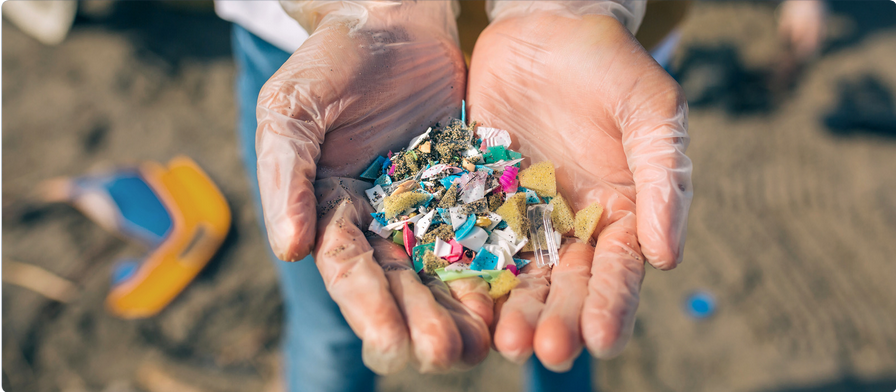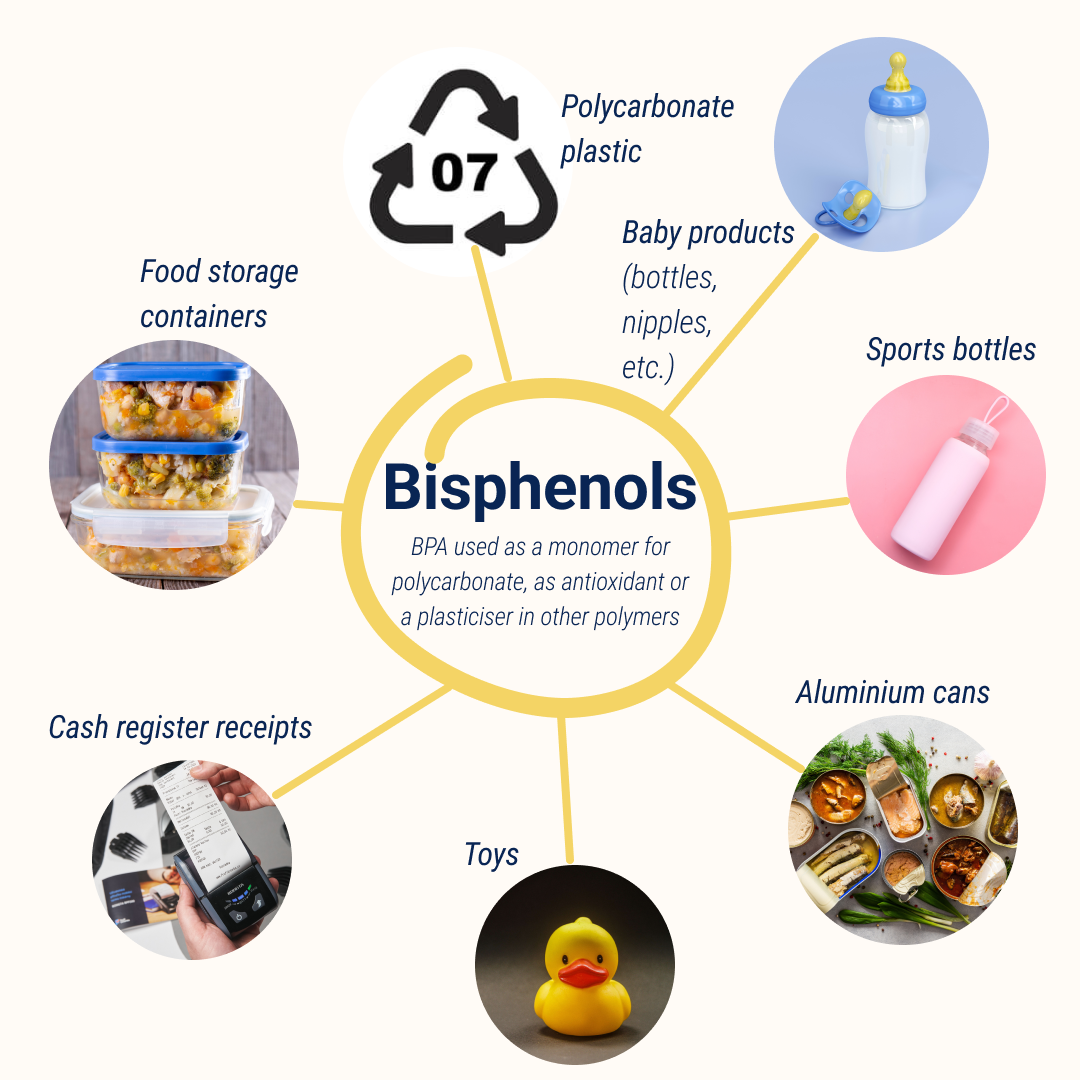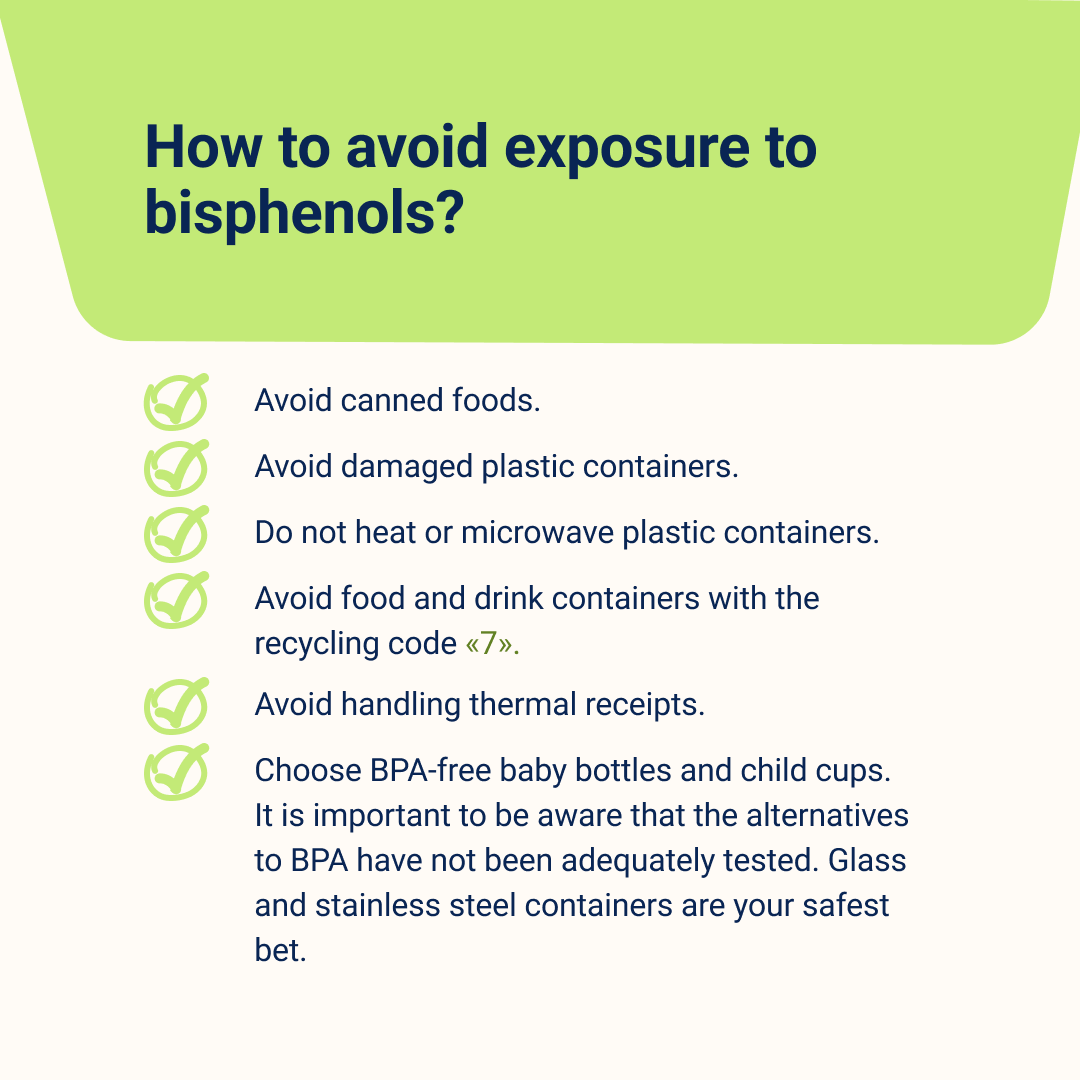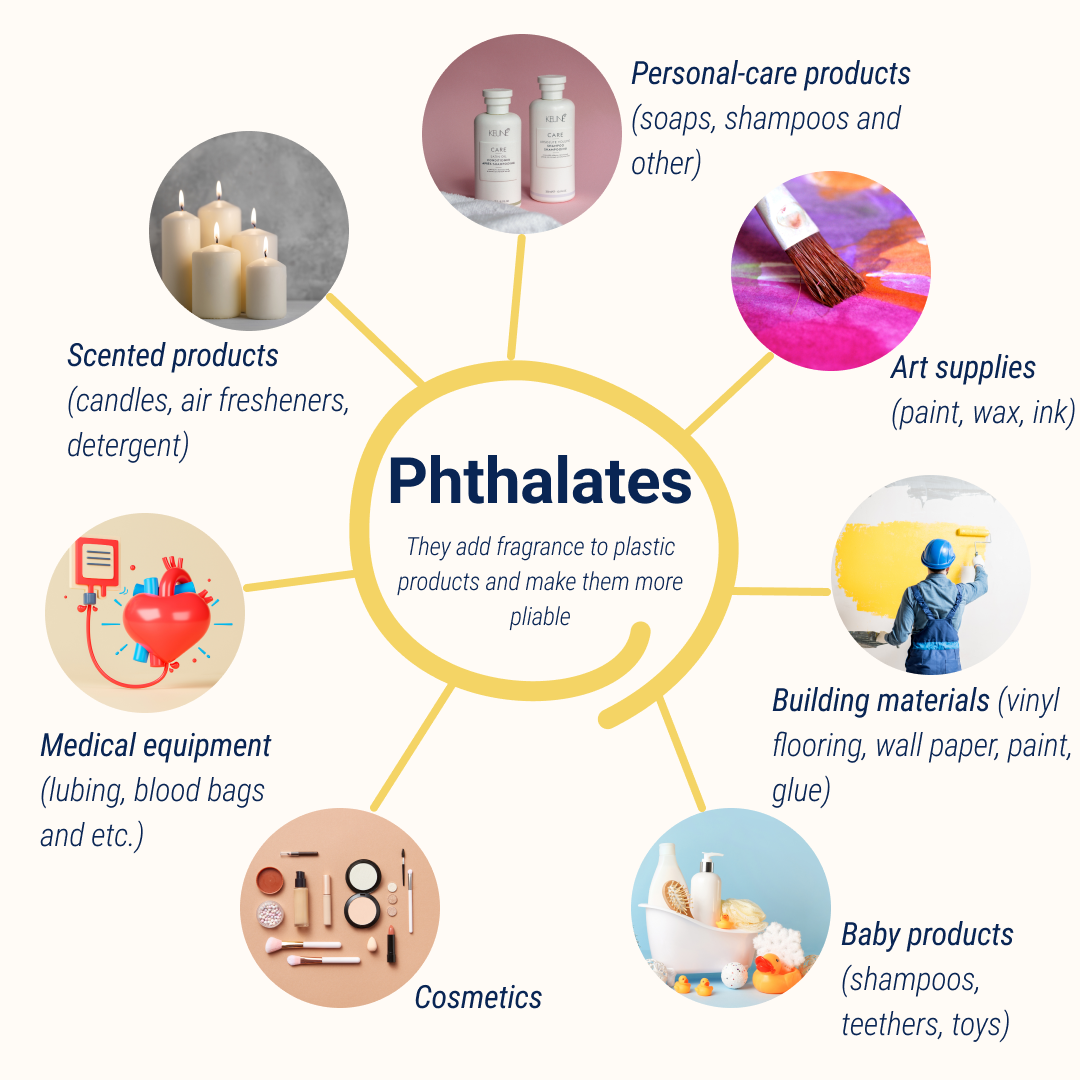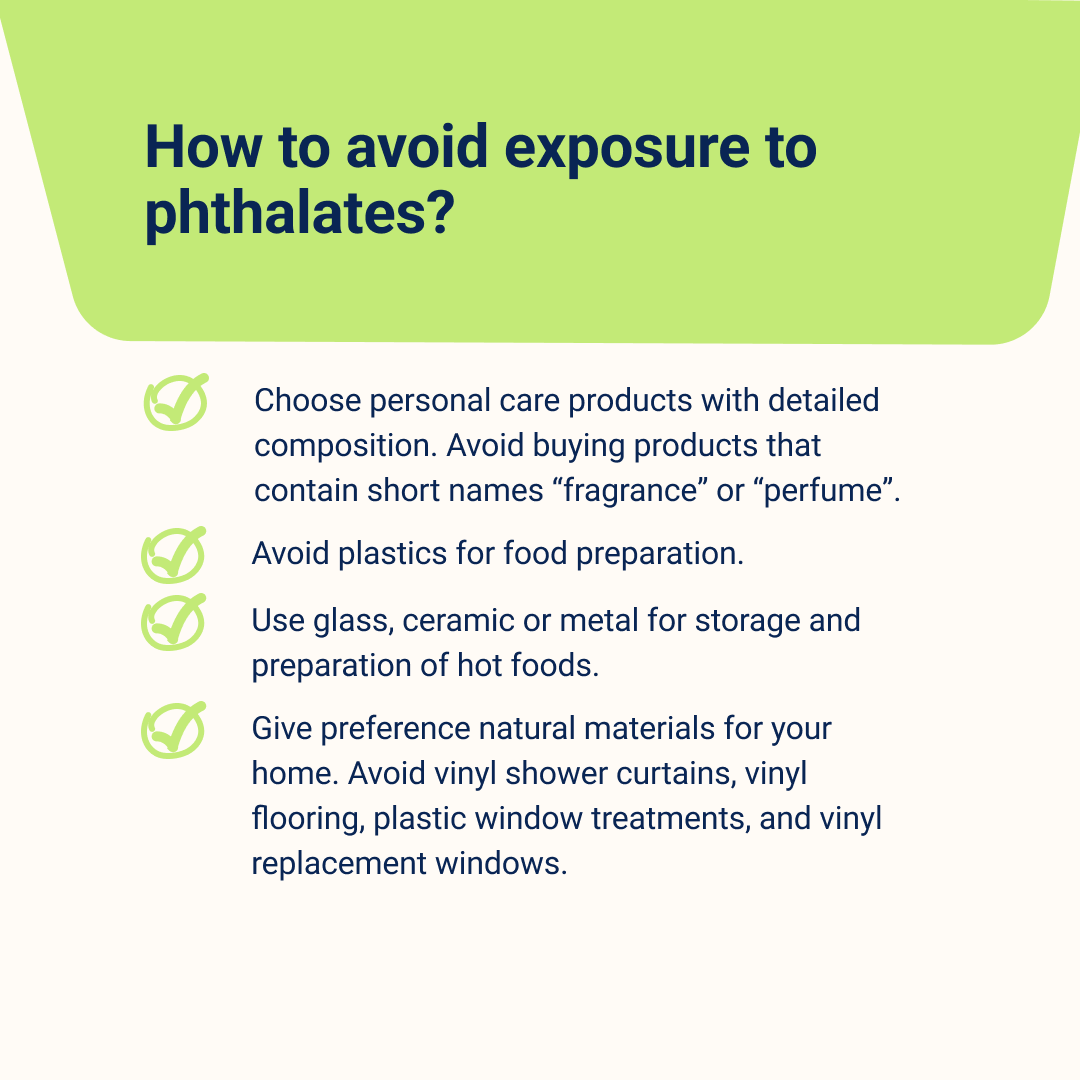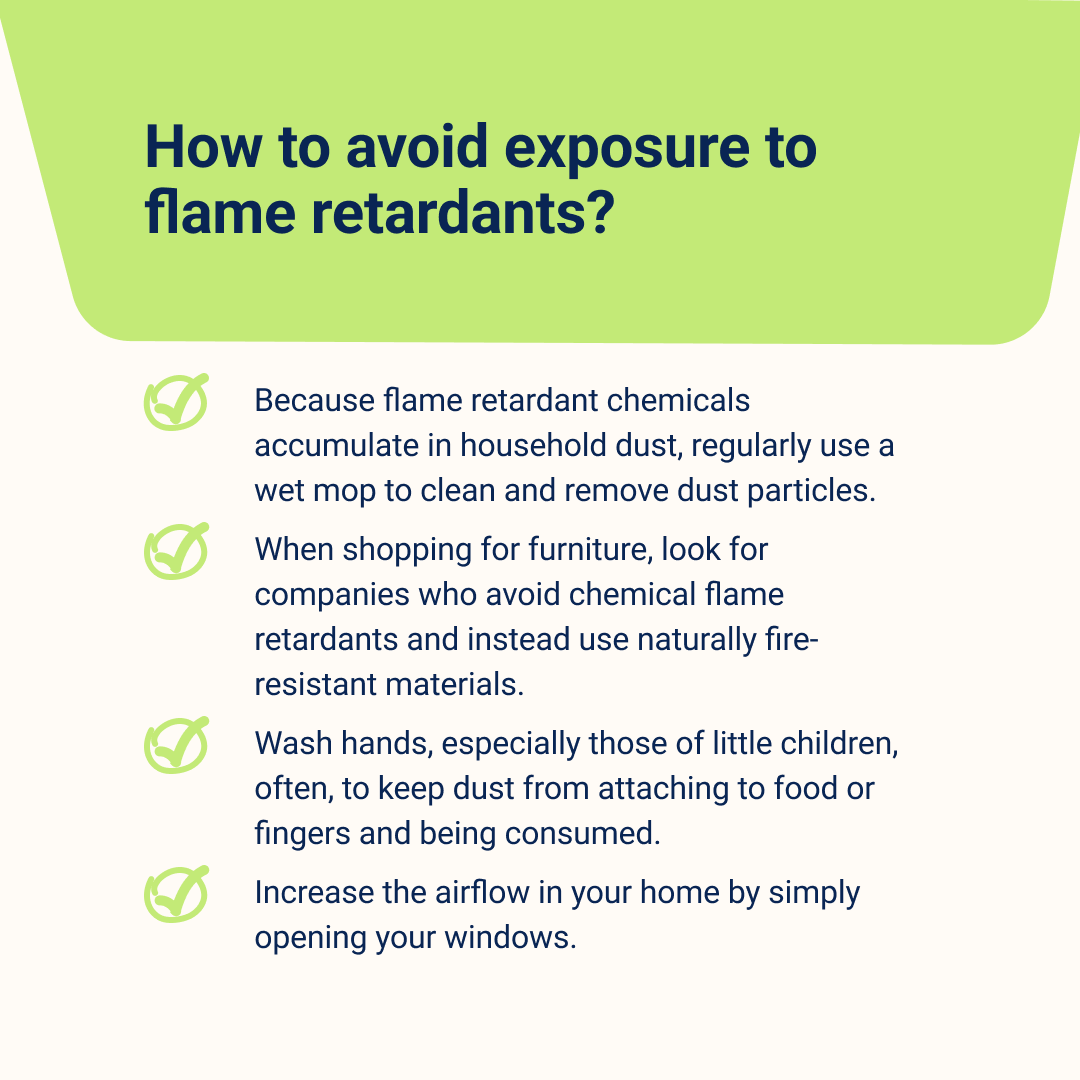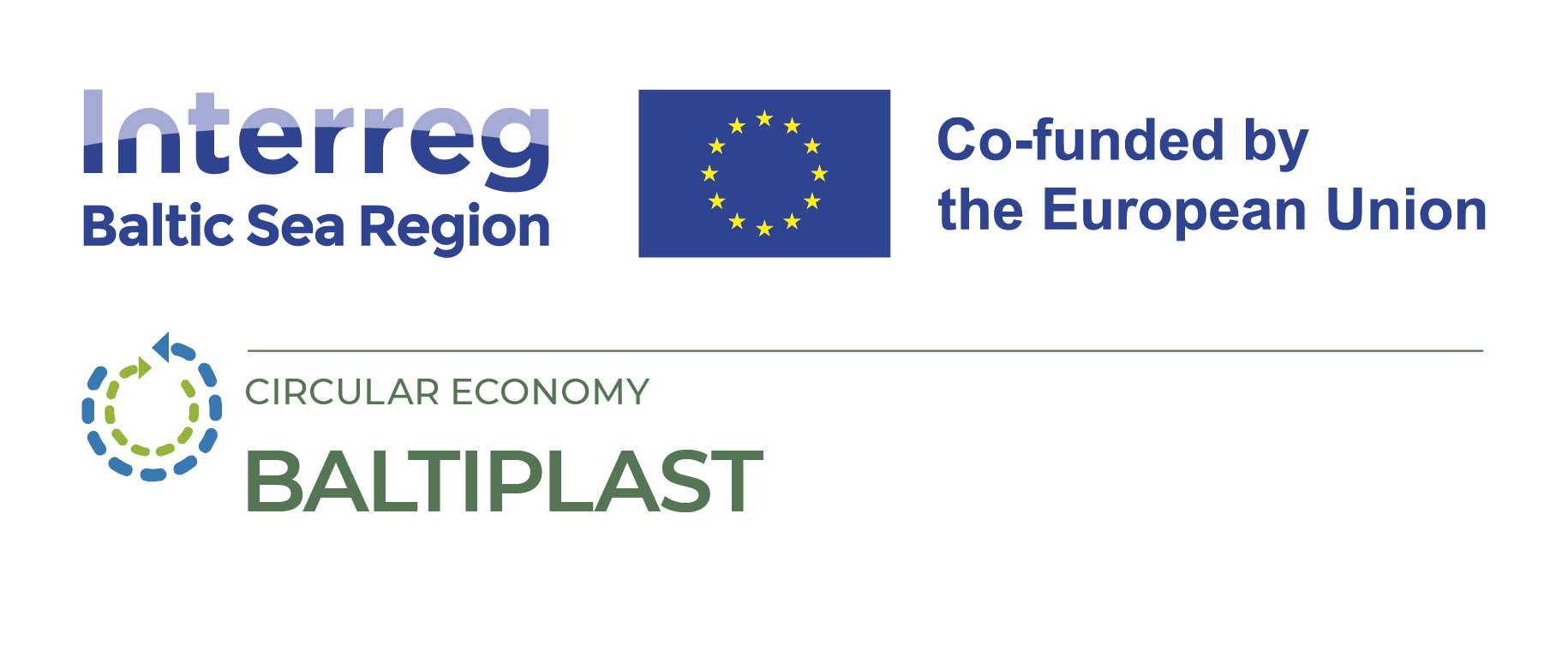Baltiplast campaign
2023-2025
We have launched a campaign in the Baltic Sea region to raise public awareness about ways to reduce plastics, including single-use and packaging at homes and to promote solutions for a change in the plastic consumption behaviour!
OVERVIEW OF THE CAMPAIGN
The raising awareness campaign has been launched in December 2023 under the "Baltiplast" project, which aims at the prevention and reduction of plastic waste in the Baltic Sea Region, focusing on single use plastic reduction, improvements in plastic packaging and innovative collection and treatment systems at the municipality level.
The
#BaltiplastCampaign will last until the end of the project in 2025 and will provide relevant information on the topic and the results of the project itself.
Throughout the campaign, we will show the
story of plastics, and why there is currently so much concern about it. We will explore, and highlight possible
options for changes in personal behaviour, related to plastic consumption.
And, of course, you will read
stories of change coming from various municipalities, businesses, and organizations around the Baltic Sea.
Everyone will be able to shape the content of the campaign, so follow us and interact!
You can find all the extra resources below.
#BaltiplastCampaign - Follow us!
Are you eager to learn more about ways to reduce plastics, including single-use and packaging at homes and to promote solutions for a change in the plastic consumption behaviour?
Follow follow us on social media through the hashtag: #BaltiplastCampaign
Topics of the #BaltiplastCampaign
Dive into the different topics, advices and solutions. Spread the word and be part of the change!
Do you want to suggest a topic or have any doubts or questions?
Write to us: secretariat (at) ccb.se
-
PLASTIC & HEALTH
Go to the extra resources -
PLASTIC & BALTIC SEA
Coming soon -
PLASTIC POLICY
Coming soon -
REAL SOLUTION
Coming soon -
BIOPLASTIC
Coming soon -
PLASTIC & CLIMATE
Coming soon
PLASTIC & HEALTH
Plastics might represent harm to public health in two major ways. First, through exposure to the polymer itself, typically through ingestion or inhalation of microplastics or incorrect use. Second, due to the many toxic additives that are mixed with polymers to give familiar plastics their color, flexibility, or other properties. To date, it has been estimated that around 13,000 chemicals are used to make plastic, with the most commonly used being monomers, processing aids and additives. Out of those 13,000 chemicals, only 3,200 are verified to be chemicals of potential concern, while hazard data is missing for 6,000 chemicals, which can potentially be harmful to health and the environment.
-
Toxic additives
The primary health threat associated with plastic arises from the presence of harmful chemicals within it.
Some plastic additives have been defined as endocrine disruptors, even at low concentrations. They can be associated with different diseases, including cancer, obesity, and reproductive disorders. Unborn and young children are particularly vulnerable because their hormone system is still in development.
The most concerning groups of chemicals used in plastic production due to their presence in consumer goods and their known impacts on human health:
- Bisphenols (BPAs)
Leaching of BPA can occur, leading to release from food and drink packaging, a source of exposure for humans. Exposure to endocrine-disrupting chemicals is associated with around 80 diseases, including testicular cancer, obesity, and reproductive disorders.
- Phthalates
Phthalates can easily leach into the environment during manufacturing, use and disposal. They are of great concern, since they have been found in a wide range of environments. Phthalates are endocrine disruptors, and exposure to phthalates has been linked to breast cancer, developmental issues, decreased fertility, obesity and asthma.
- Flame retardants
Adverse health effects may include endocrine and thyroid disruption, immunotoxicity, reproductive toxicity, cancer, and adverse effects on fetal and child development and neurologic function.
- Perflourinated chemicals (PFCs)
They accumulate mainly in organs such as the liver, kidney, brain and spleen. In animal studies, PFCs cause cancer, neonatal mortality, delays in physical development, and endocrine disruption. Higher maternal levels of PFCs are associated with delayed pregnancy. Higher PFCs levels are associated with reduced human semen quality and penis size.
-
Microplastic ingestion
Over time, larger plastic items can break down into smaller particles known as microplastics. These tiny particles can be ingested by marine life and eventually make their way into the human food chain through seafood consumption.
HOW TO REDUCE PLASTIC INFLUENCE?
1. Reduce Cosmetic and Personal Care Product Use:
Choose personal care and cosmetic products that are free from microbeads or products with biodegradable exfoliants. This helps minimize the release of microplastics into water systems
2. Limit Synthetic Fiber Use:
Choose clothing made from natural fibers like cotton, wool, or hemp instead of synthetic materials. Synthetic fabrics, such as polyester and nylon, shed microplastics during washing.
-
Chemical leaching
Plastics can release harmful chemicals like BPAs and phthalates into the environment and food, possibly causing hormonal imbalances and disrupting the endocrine system.
HOW TO REDUCE PLASTIC INFLUENCE?
1. Choose Sustainable Packaging:
Support products with minimal or eco-friendly packaging. Look for items packaged in materials that are easily recyclable or made from recycled materials.
2. Follow plastic usage guidelines:
Do not heat plastic packaging without proper labelling in the microwave, do not reuse disposable plastic multiple times, and avoid storing food for an extended period in plastic packaging.
-
Respiratory issues
Burning or incinerating plastic waste can release toxic fumes and particulate matter into the air. Inhaling these pollutants may lead to respiratory problems, exacerbate existing conditions like asthma, and contribute to air pollution-related health issues.
HOW TO REDUCE PLASTIC INFLUENCE?
1. Recycle Properly:
Ensure proper recycling of plastic items. Understand the recycling guidelines in your area and separate recyclables from non-recyclables. This helps reduce the amount of plastic ending up in landfills.
2. Do not burn plastic:
Burning plastic can release toxic substances such as dioxins, furans, and other chemical compounds. These substances can be harmful to human health and the environment
-
Allergic reactions
Some people may develop allergic reactions to certain components in plastics, such as additives or colorants. Skin rashes, itching, and other allergic symptoms can occur upon contact with certain plastic materials.
HOW TO REDUCE PLASTIC INFLUENCE?
1. Choose Natural Fibers and Materials:
When buying clothing and textiles, choose natural fibers like cotton, wool, or hemp instead of synthetic materials that shed microplastics during washing. Also use wooden or glass items instead of plastic containers or utensils.
2. Avoid Single-Use Plastics:
Say no to single-use plastics such as straws, utensils, and plastic bags. Opt for reusable alternatives like metal or bamboo straws, utensils, and cloth bags. Reducing the amount of plastic items decreases the allergenic exposure.
-
Gender perspective
Women and men can be exposed to plastic products and packaging. However, there is evidence that the toxins contained in plastics have different effects on women and men due to biological differences, including body size and proportion of fatty tissue.
Phthalates, commonly used as plasticisers, have been shown to block thyroid hormone action and reduce both testosterone and estrogen levels. In addition, they have been identified as reproductive toxicants for both women and men.
For at least four decades of their lives, women are consumers of specific plastic products supplied as feminine hygiene items, and the major marketing targets for others, such as cosmetics.
Studies have shown an increased risk of breast cancer in women employed in plastics processing, rubber and plastic products manufacturing, and in occupations that involve exposure to synthetic textile fibers.
A critical developmental window of susceptibility is during pregnancy when a series of sequential processes take place in the developing embryo and fetus. Exposure to endocrine disrupting chemicals (EDCs) during this time can lead to adverse birth outcomes and developmental effects, in some cases leading to irreversible, life-long impacts. For example, hormone-disrupting effects during the early stages of fetal development include developmental impacts on the central nervous system, skeleton, and reproductive system
Effects on women from exposure to estrogenic EDCs include growth of fibroids in the uterus, ovarian dysfunction, and reduced fertility. Bisphenol A – the building block of polycarbonate plastics – is linked to reduced egg quality and viability in women seeking fertility treatment. In the EU, a conservative estimate of the costs of female reproductive disorders attributable to EDCs is almost €1.5 billion annually, primarily due to fibroids and endometriosis.
EXTRA RESOURCES
Reports & Researches:
- The Plastic Chemicals Hiding in Your Food
- The report and case study “Keep fibers zipped” of available solutions to tackle microfiber pollution from textile in the Baltic Sea
- Plastic & Health: The Hidden Costs of a Plastic Planet
- Research, how microplastic influence on human health
- Plastic health map - A systematic evidence map of human health studies on plastic-associated chemicals
- Chemicals in plastics, UNEP
- Plastic’s toxic additives and the circular economy
- https://pubmed.ncbi.nlm.nih.gov/23207955/
- https://www.endocrine.org/-/media/endosociety/files/advocacy-and-outreach/important-documents/introduction-to-endocrine-disrupting-chemicals.pdf
- Female Reproductive Disorders, Diseases, and Costs of Exposure to Endocrine Disrupting Chemicals in the European Union
- WOMEN, CHEMICALS AND THE SDGs
- Plastics, Gender and the Environment (Findings of a literature study on the lifecycle of plastics and its impacts on women and men, from production to litter)
- Combatting Global Plastic Pollution Feminist Perspectives for a Gender-Just Approach
- The environmental & economic costs of single-use menstrual products, baby nappies & wet wipes
Infographics:
PLASTIC & BALTIC SEA
Coming soon.
-
Coming soon
PLASTIC POLICY
Coming soon.
-
Coming soon
REAL SOLUTION
Coming soon.
-
Coming soon
BIOPLASTIC
Coming soon.
-
Coming soon
PLASTIC & CLIMATE
Coming soon.
-
Coming soon
For more information:
CCB Secretariat: secretariat (at) ccb.se
We continue to act, do you want to know more?
We work in the entire Baltic Sea region with different projects and programmes.
Click the button below to discover what is going on and how you can help.
